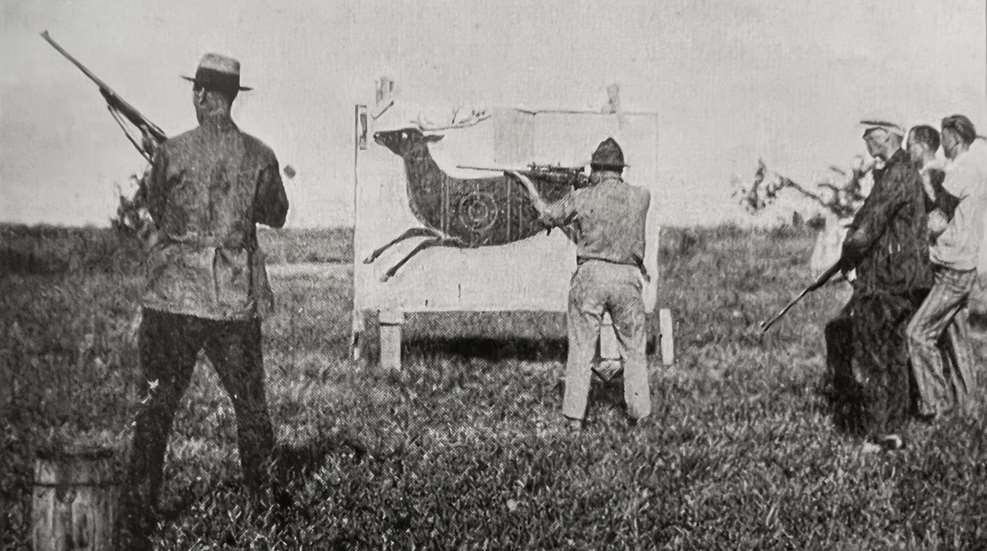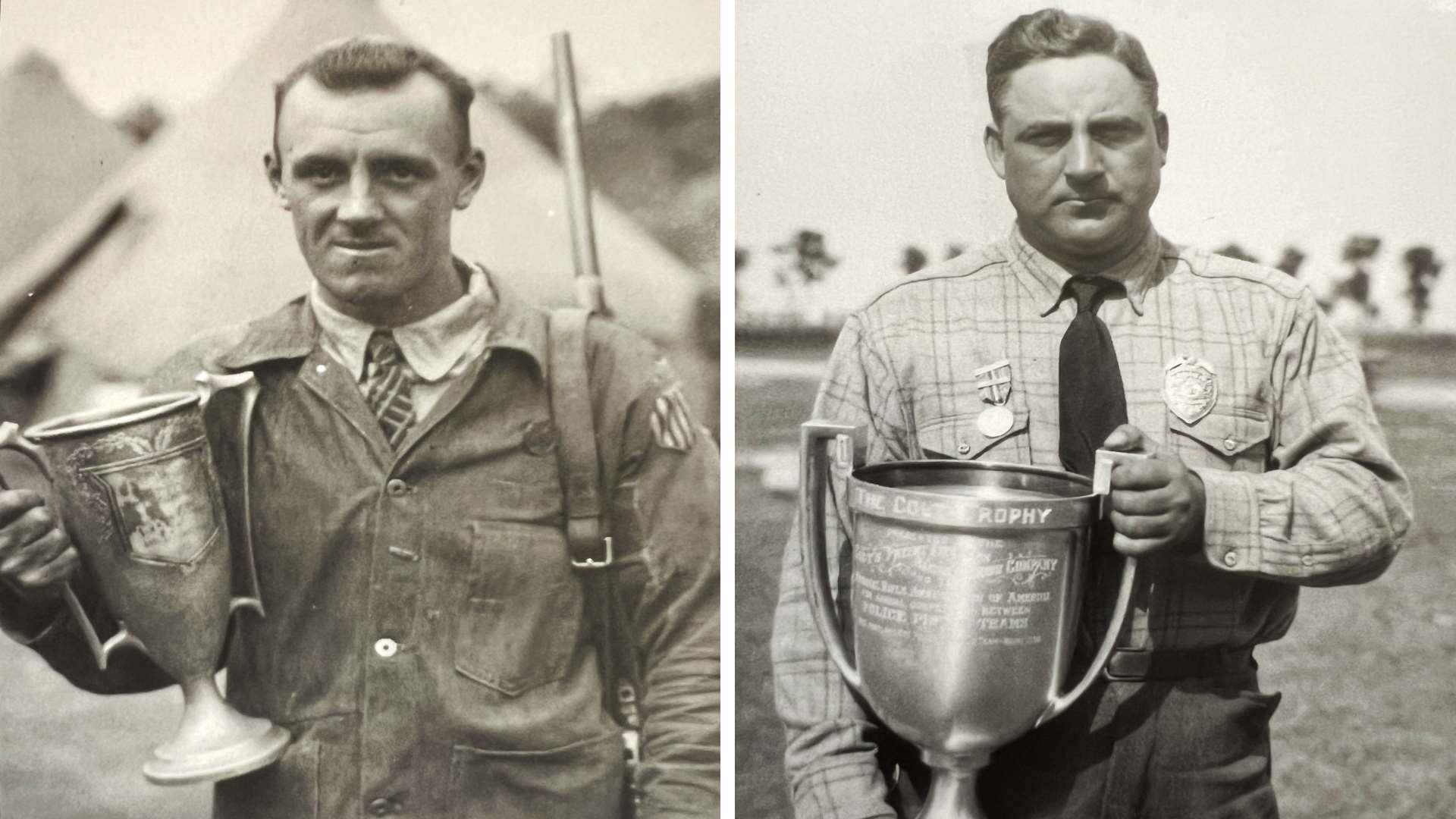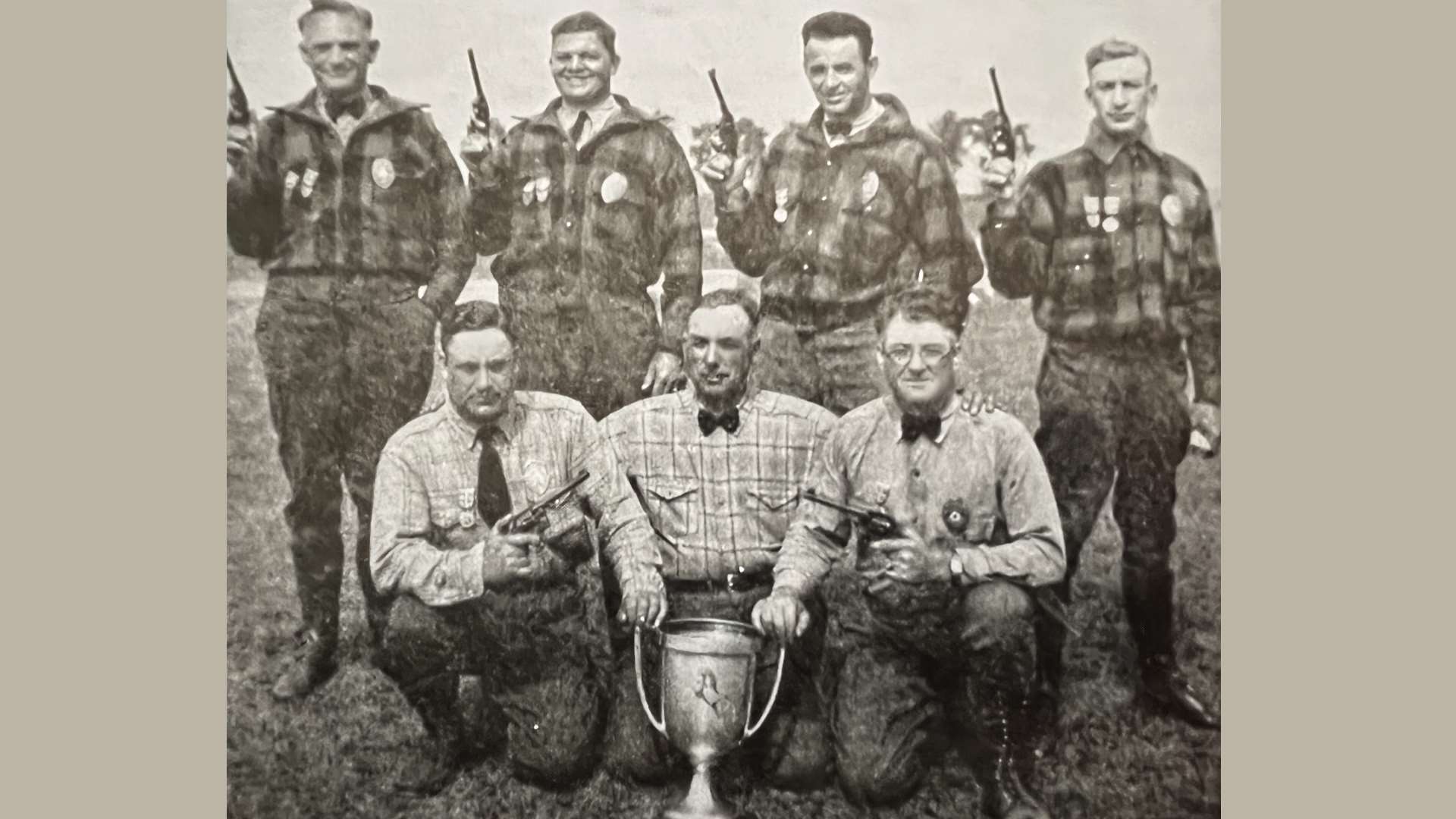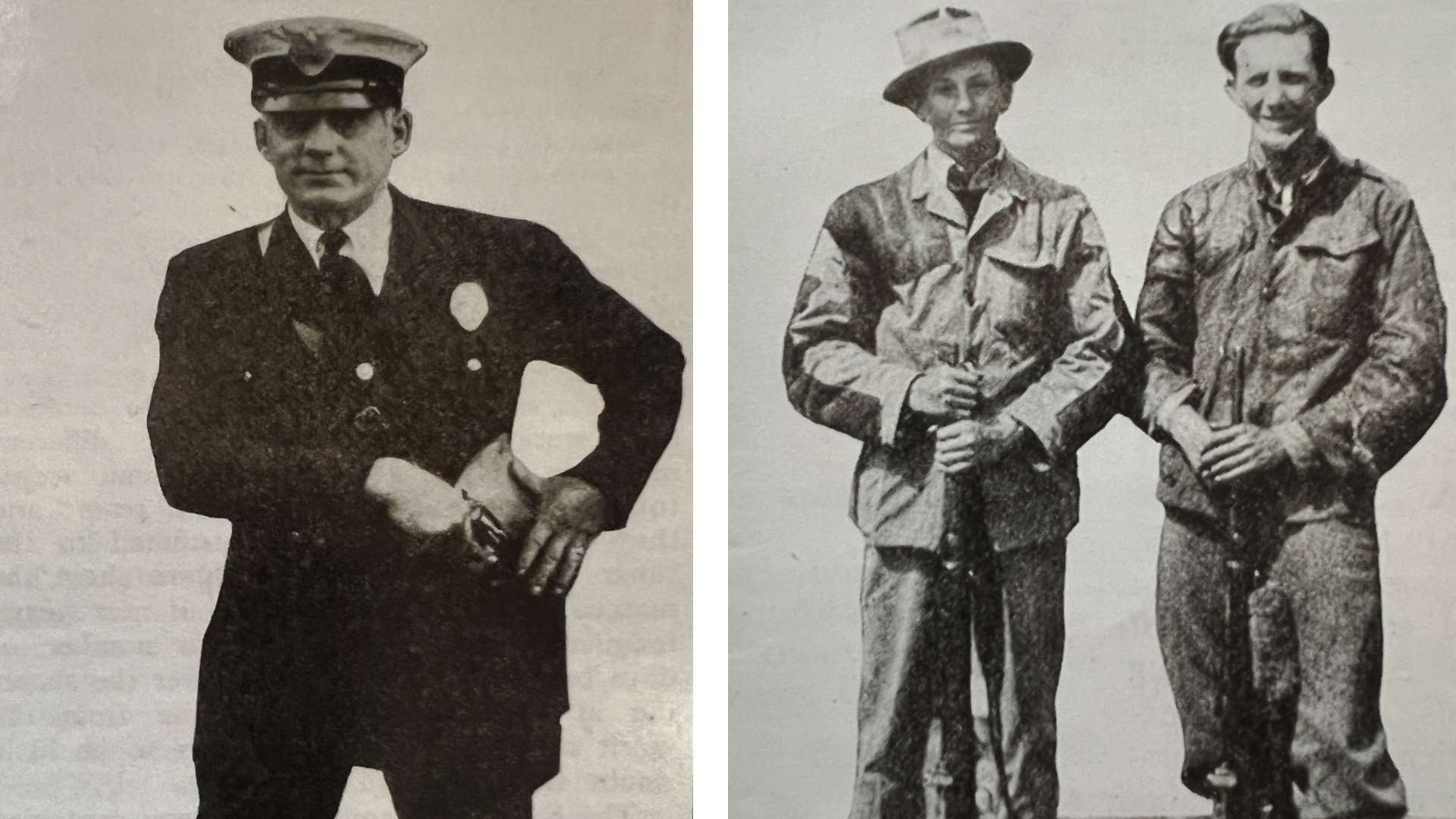
“The N.R.A. believes ... that one of the greatest services it can render the shooters of the country is to assure annual National Rifle Matches.”
—The American Rifleman, March 1928
The leadership role taken by the NRA to ensure annual competition for the nation’s marksmen was felt through the halls of Congress in 1928 when significant National Match legislation was passed. On May 28, 1928, President Calvin Coolidge signed into law National Match Bill H.R. 13446 (45 Stat. 786) that provided the necessary federal funds to conduct the National Matches on a yearly basis.
The NRA engaged the assistance of Congressman John Speaks of Ohio to present the bill, which was a response to prior legislative slights when, despite existing law that read: “That for the purpose of furnishing a national trophy and medals and other prizes to be provided and contested for annually ...,” the War Department held the National Match program under annual scrutiny subject to available funds. An earlier version of this year’s bill, H.R. 8550, was vetoed in January when a Senate-added provision regarding the makeup of the National Board was ruled unconstitutional. But through the persistence of NRA Executive Vice President Brig. Gen. Milton Reckord and Speaks, a member of the Ohio National Guard for more than 40 years and NRA Match Director at Camp Perry in 1907, the new bill passed unanimously and read in part: “That there shall be held an annual competition, known as the national matches, for the purpose of competing for a national trophy, medals, and other prizes to be provided, together with a small-arms firing school, which competition and school shall be held annually under such regulations as may be prescribed by the Secretary of War.

Section Two of the bill authorized the broad-based participation of all U.S. military services, affiliates and civilians. Simply put, this legislative act procured long-term assurance for the annual conduct of the National Matches and its passage was realized in no small part because of the NRA and its power of negotiation. Not only did the NRA’s Reckord spearhead the bill’s campaign in Congress, but he was also able to mediate among those in the War Department who were otherwise content to fund the national matches on a biennial basis at best.
After the failure of H.R. 8550 and before the passage of H.R. 13446, Congressman Speaks submitted an amendment to the Army Appropriations Bill that passed on March 20 and provided $500,000 for the conduct of the 1928 National Matches. And at the helm of the executive staff for the 1928 program was Col. Hu B. Myers, who oversaw myriad changes at Camp Perry. To start, a policy regarding the Small Arms Firing School was re-instituted this year whereby attendance was required by all team members eligible to compete in the National Trophy Matches if a certificate of proficiency from a previous school could not be provided. The same rule had been employed shortly after the introduction of the firing school a decade earlier, but mandatory attendance had not been required for the last five years that a program was conducted.
“It is probable that never before has Congress been so thoroughly awakened to the real size of the organized rifle-shooting movement in this country.”
—The American Rifleman, March 1928

Physical developments at Perry this year included new pistol and smallbore ranges plus, improved high power and running deer ranges, the latter of which were operated by Camp Perry’s founder, Ammon Critchfield. Additionally, this year marked the introduction of skeet as a side event to the National Match program. The relatively new shotgun sport, created just two years earlier, was well received among the competitors, whom The American Rifleman described “were wont to gather at the semicircular field in the late afternoon, after coming from the rifle range, and spend the balance of the daylight hours in trying to learn how to connect with the more difficult of the flying targets?” Seventy targets comprised the new pistol range, which was constructed on the former smallbore range, while smallbore shooters fired on new grounds at the extreme west end of the facility and were given the opportunity to travel by bus from clubhouse to firing line.
Both the high power and running deer ranges were expanded, the former by 20 more targets at 200 yards (for 86 total) and another 60 at 1,000 yards (for 110 total). The water and drainage systems were upgraded as well, but no improvement was probably more noticeable than the refurbished 75-foot tower near the clubhouse which sported orange and black five-foot squares for the purpose of directing air traffic onto the new airfield alongside the ranges.
Substantial course of fire changes were also enacted this year by the NRA since scheduling constraints required that the National Match program be conducted over a shorter time period. With the exception of the free rifle competition, which this year was won with a National Match-issued Springfield, all sighting shots were eliminated and some matches were either reduced or combined with others. For example, the President’s and Marine Corps Matches both featured a reduction of 10 shots at the 1,000-yard stage, while scores fired in the 200-yard stage of the President’s Match also counted for record in the Camp Perry Instructors’ Match.

Given the difficulty encountered in scoring the Infantry Match, a process that The American Rifleman described as “more or less complicated in recent years,” this year’s conditions patterned those of the previously popular Evans Skirmish Match and its elimination procedures where hits on targets simulated “kills” of opposing team members. This year, the title went to the New York National Guard. The Marine Corps swept the four Board events and dominated the NRA matches, many of which featured added money due to a new rule on cash prize distribution. Among the major NRA contests, the Herrick, President’s and Wimbledon Matches went to members of the Corps, while Marine sergeants J. F. Hankins and W. F. Pulver were creedmoored out of first in the Leech Cup Match by Navy Ensign C. H. Duerfeldt. It was also a Marine, Sgt. J. R. Tiete, who handily won the inaugural firing of the Automatic Rifle Match, which featured unlimited shots in 45 seconds with light Browning rifles at 400 yards.
Noteworthy to the 1928 program was the first-time involvement by a team representing the U.S. Coast Guard and in the President’s Match, junior shooter David S. McDougal, Jr., 16, placed third overall among the 1,291 entries. McDougal also more than held his own on the smallbore range and, with fellow junior Lawrence Wilkens, won the Hercules Trophy Match and eventual spots on the coveted Dewar Team. Wilkens made history of his own when he led his Ohio civilian team to victory in the Caswell Cup Match with a 400 across the Dewar Course, the first person to ever do so. Another Ohio shooter, V. Z. Canfield, laid claim to the national smallbore title and finished as high shooter on the victorious Dewar team with a 398, followed by Wilkens at 397 in a match where both fired perfect scores at 50 yards. The U.S. effort in the International Railwaymen’s postal fell 19 points shy of the score logged by the British and, in its second year of competition, the trophy was shipped overseas, while Canada had joined in to vie for the popular prize that was restricted to representatives of rail companies.
A record number of women shooters fired this year and on a solemn note, tragedy struck on September 9, 1928, during an air exhibition. The day was designated “Visitors Day” and an estimated 15,000 people were on hand to view various shooting demonstrations, such as Capt. A. H. Hardy’s famous feat of shooting the outline of an Indian head on a tin target. It was during an air maneuver that a pilot was killed when his plane crashed into Lake Erie.
“The riflemen of America may henceforth look forward to the National Matches each year with as much confidence as they anticipate the activities of the tax collector.”
—The American Rifleman, July 1928
1928 National Matches Fact
Fox Movietone was at Camp Perry in 1928 and The American Rifleman reported: “For the first time in the history of photography it will be possible to see a moving picture of a firing line in action, and actually hear the shots as they are fired.”

































